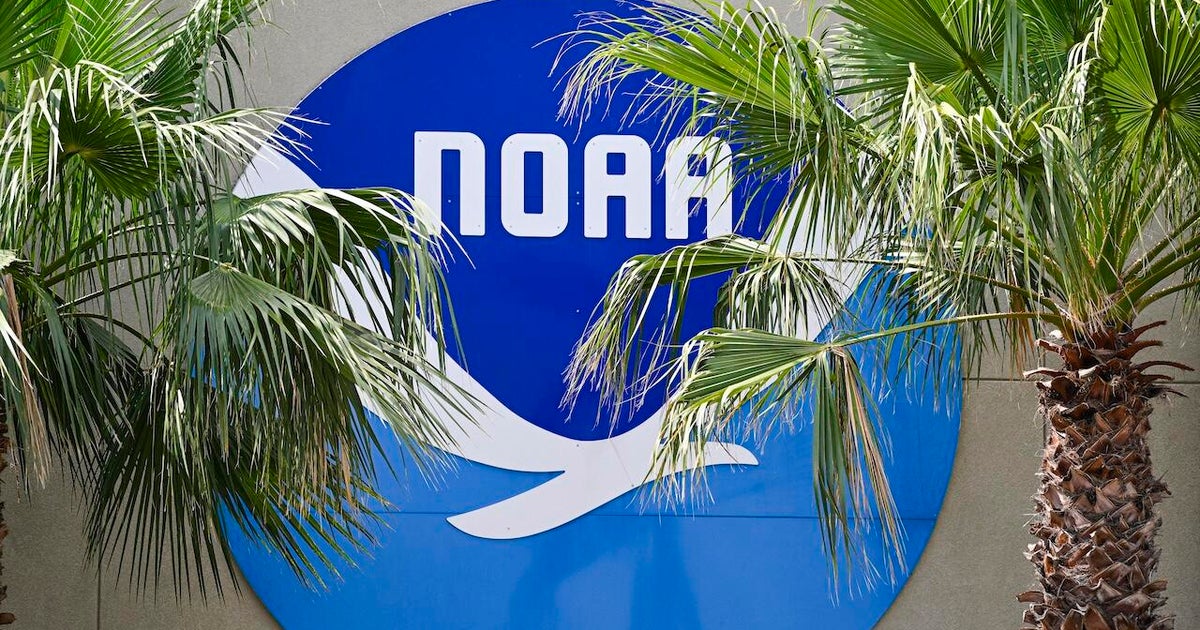Great news for weather watchers and hurricane forecasters: NOAA just confirmed it will keep getting key satellite data from the U.S. military, a sudden reversal after last month’s announcement that the data would soon stop coming.
This is crucial data that’s super important for tracking storms — it comes from the Defense Meteorological Satellite Program, which has been quietly helping both military operations and civilian forecasts for over 50 years. Without it, some storm models could have taken a major hit.
The decision comes after weeks of uncertainty, when the Defense Department unexpectedly said they might cut off access to the info due to some cybersecurity concerns.
That had meteorologists worried, especially with the heart of hurricane season just about a month away — one that researchers predict will be more active than average.
Luckily, a last-minute decision by the Navy’s Fleet Numerical Meteorology and Oceanography Center means the data will keep flowing beyond the original end date: July 31, 2025.
“(FNMOC) has announced plans to continue distribution of Defense Meteorological Satellite Program (DMSP) data beyond July 31, 2025. As a result, there will be no interruption to DMSP data delivery and NOAA will continue to have access to data from DMSP for the duration of the Program’s life span,” spokesperson Erica Grow Cei told CBS News.
“Crisis averted,” Michael Lowry, Meteorologist at the Storm Surge Unit of the National Hurricane Center, wrote on social media.
And honestly, that’s what it feels like. Forecasting hurricanes is hard enough without losing one of your main data feeds right before peak season.
That said, there’s still some uncertainty about the bigger picture. The Trump administration is still considering cuts to NOAA and the National Weather Service.
But for now, critical weather forecasting data is intact. We’ll be sure to update when any additional information comes in.
Joe Brandt
contributed to this report.



